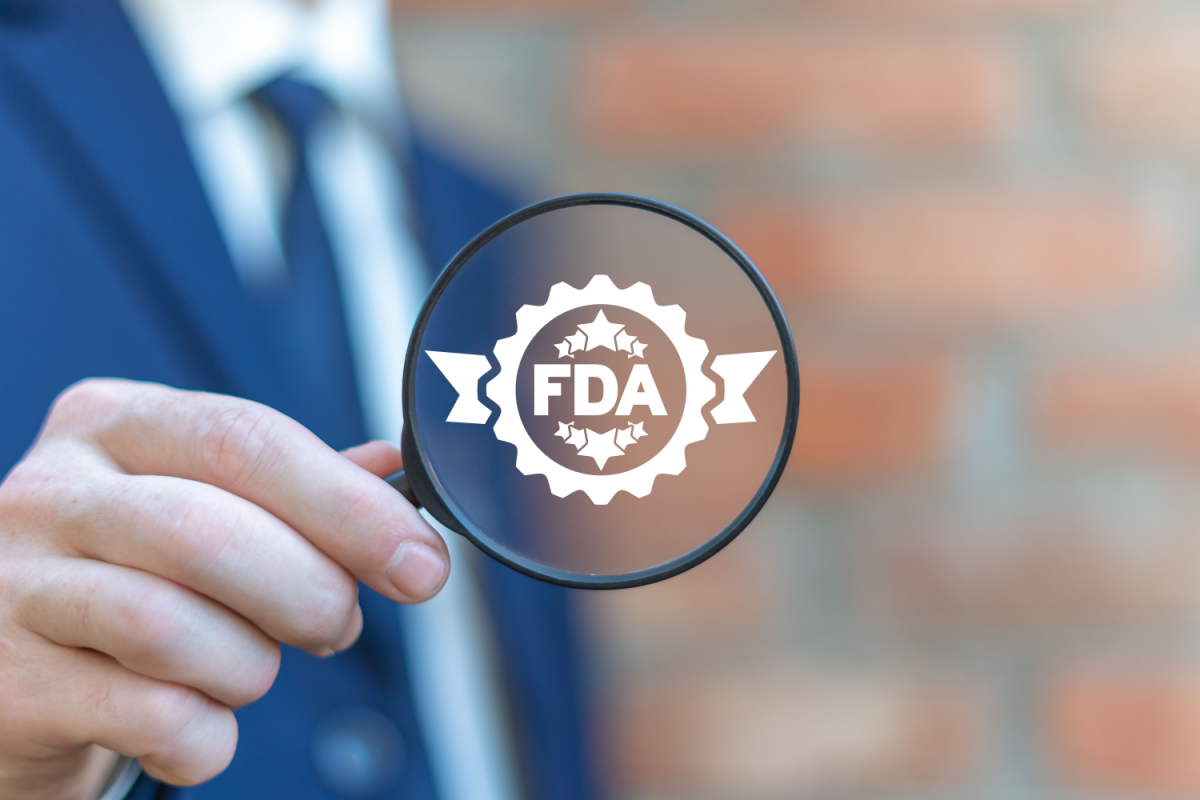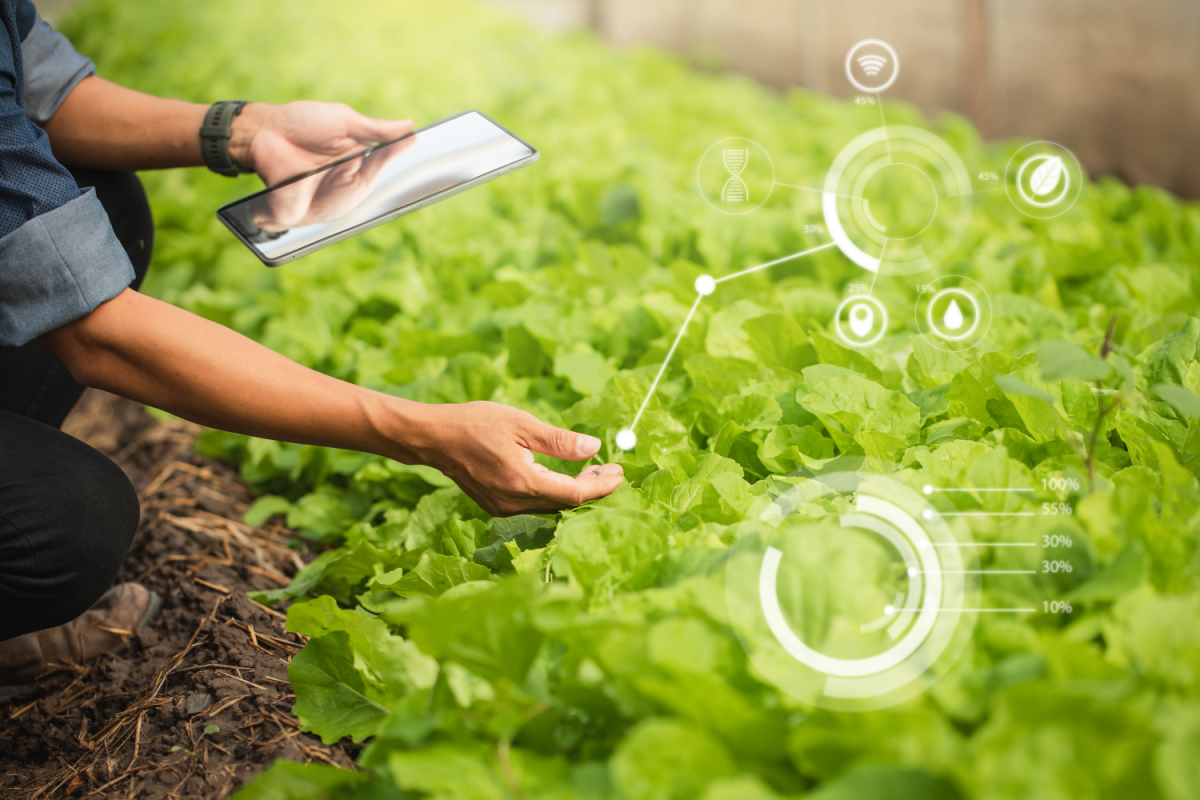The highly anticipated Bioengineered Food Disclosure Standard has finally been announced and its new mandate will be active in the upcoming year of 2020. The US Secretary of Agriculture, Sonny Perdue made the announcement on December 20th 2018, which will require all US manufacturers, importers and a select group of food retailers to implement a disclosure on food packaging that contains genetically modified ingredients.
The USDA’S Agricultural Marketing Service made a public statement on the final National Mandatory Bioengineered standard reading:
“The new Standard requires food manufacturers, importers, and other entities that label foods for retail sale to disclose information about bioengineered food and bioengineered food ingredients. This rule is intended to provide a mandatory uniform national standard for disclosure of information to consumers about the bioengineered status of foods.”
The new controversial standard will inform shoppers on which food items are bioengineered through digitized symbols on food labels. Consumers will scan these quick response (QR) codes by using their smartphones to gain access to the bioengineered ingredient disclosure.
The original legislation was signed by Congress back in 2016, but it was only recently that the Federal Register revealed on their website when the strategy would become active. The policy varies depending on the type of manufacturer; according to The Agricultural Marketing Service, food corporations can gradually make strides to incorporate these labels starting February, but the implementation date for the majority of large manufacturers will take place January 1st 2020, with the exception of smaller food manufacturers beginning the following year. The official mandatory compliance bylaw for all food producers starts January 1st 2022.
There has been heightened anticipation in the food industry surrounding the final guidelines of the Bioengineered Food Disclosure, which was expected to be announced last summer, on July 29th. The delay on the policy fueled legal action, with a lawsuit being initiated by the Centre for Food Safety and the Centre for Environmental Health due to the USDA’s failure to meet the “mandatory deadline.”
Despite this, there have been mixed reviews of the new guideline for Bioengineered Food Disclosure, which is important to farmers and food companies because it is a guideline under federal law that requires all sectors in the food business to follow. The president of the National Corn Growers Association, Lynn Chrisp states she supports the enactment of the law because it prevents a “state by state patchwork of labeling laws that would have cost US consumers, farmers, and manufacturers billions of dollars.”
Davis Stephens, the president of the American Soybean Association, states, “Soybean farmers are pleased that USDA took the time to do this rule the right way. We believe that it allows transparency for consumers while following the intent of Congress that only food that contains modified genetic material be required to be labeled bioengineered under the law, with food companies having the option of providing additional information if they choose.”
The National Grain and Feed Association also sees the standard as a positive change in the food industry. “The bioengineered food labeling standard is about providing more access to information to consumers; it most emphatically is not a food safety standard,” they said in their statement.
But while food associations have largely supported the guidelines, environmental groups and other organizations have been more critical.
The Bioengineered Food Disclosure Standard raised eyebrows and fueled criticism among a select group of organizations like the Institute for Agriculture and Trade (IATP).
The fact that consumers must scan QR codes to access the information on bioengineered ingredients has led to most of the controversy, along with the design of the icon which reads “Bioengineered” or “Derived From Bioengineering” against a backdrop of a farmer’s field. This has received backlash because organizations feel the picture is not accurate to what bioengineering looks like nor does it inform the consumer on what bioengineering is.
The IATP senior attorney Sharon Treat has been vocal about her skepticism on the policy, claiming that it’s meant to conceal details on genetically modified food.
“Many manufacturers will be able to evade even the minimal requirements of the rule, and it will sow confusion and burden consumers with the responsibility of researching food ingredients themselves,” said Treat. “Instead of clear on-package labeling, consumers will have to call or text manufacturers to find out what’s in their food—something they can do already.”
Despite this, large food corporations such as Campbell’s, Mars, Kellog’s, and Coca-Cola are going beyond the USDA’s bioengineered and GMO policy by willingly implementing expanded labeling on their food.
Scott Faber, the senior vice president of environmental affairs states, “The final GMO disclosure rule fails to meet the clear intent of Congress to create a mandatory disclosure standard that includes all genetically engineered foods and uses terms that consumers understand. A fair standard should address the needs of consumers who don’t have expensive phones or who live in rural places with poor cell service but the rule put forward today simply fails to do that.”
Furthermore, according to the IATP, QR barcode scanning apps can be a platform for advertising pop-ups to run while consumers are trying to gain access to information on ingredients, the IATP implies this could lead consumers to abandon their attempts to follow up on bioengineered ingredients.
The IATP also noted that all 64 alternative countries that require genetically engineered labeling on packaging use readable text instead of alternative QR labeling. Some countries also include genetically engineered labeling on more than just whole foods, including traces of genetically engineered ingredients found in food such as corn syrup and corn starch.
However, the updated amendment on the USDA’s Bioengineering policy states, “Whether a food or food ingredient contains modified genetic material may vary depending on the refining process used to produce the food. For refined foods that are derived from bioengineered crops, no disclosure is required if the food does not contain detectable modified genetic material.”
The USDA has marked 13 crops and other food items that are bioengineered but are not required to be labeled as such, which include alfalfa, a select group of apples, canola, corn, cotton, eggplant, papaya, pineapple, potato, salmon (specifically AquAdvantage), soybean, squash, and sugarbeet.
The new standard will be a reoccurring topic of controversy between food manufacturers and environmental groups, with both having a different idea about how the presence of bioengineered ingredients should be disclosed to consumers. As science and technology accelerate at a rapid pace, the prevalence of bioengineered food is likely to increase.












Join or login to leave a comment
JOIN LOGIN